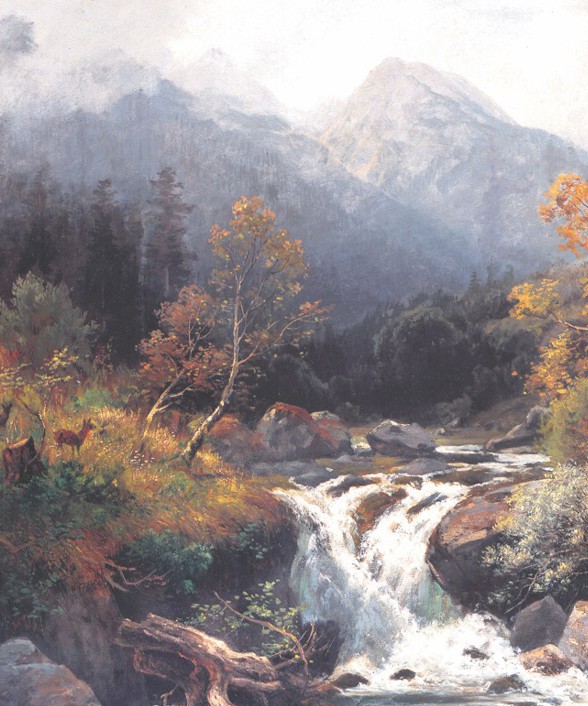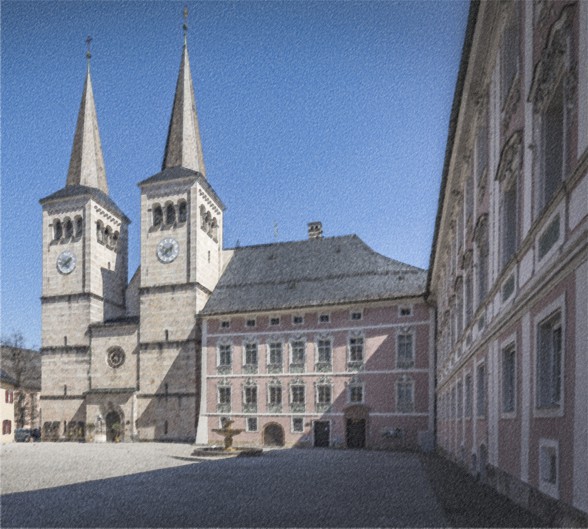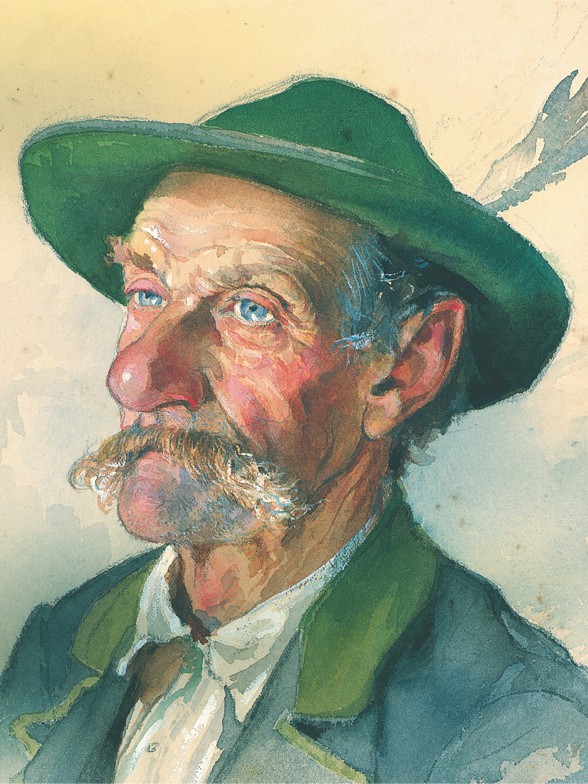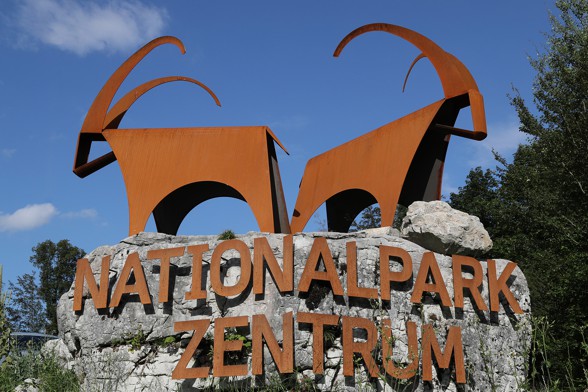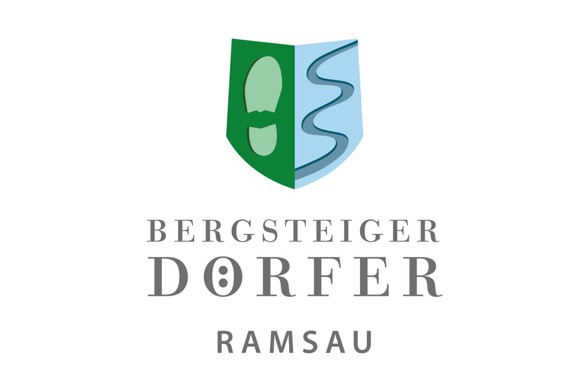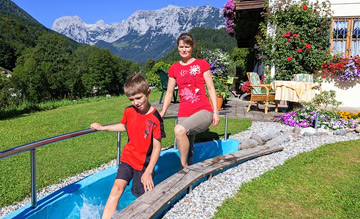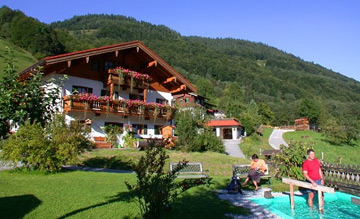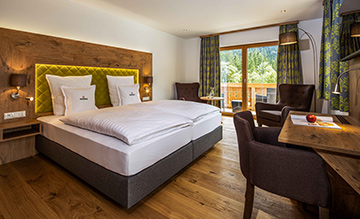The History of Ramsau and its Residents
The history of Ramsau began with the founding of the Berchtesgaden Abbey in the year 1121. The uninhabited mountain valley was characterized by dark forests, steep rocky peaks, and wild animals. Only occasionally, hunters ventured here until Provost Eberwein and his monastery brothers cleared the forest and recruited settlers to cultivate the land. In the late 13th century, Ramsau was first mentioned in historical documents. At that time, the trade route for ‘Halleinisches Salz’ (Salt from Hallein) already existed, crossing over the Hirschbichl into the Pinzgau region. Particularly significant for the area was the land charter issued by the Berchtesgaden Abbey in 1377, which allowed farmers to acquire their farms and alpine pastures as freehold properties through hereditary rights (Lehen). Though the modest farms in the valley were upgraded with alpine rights, the yields were often not sufficient to sustain a family.
An additional source of income was provided by forestry and the production and trade of millstones. The first millstone quarrying rights were granted in Ramsau in 1501 and millstones remained an important industry until the 19th century. The salt trade route passing through Ramsau also allowed many farmers and craftsmen, such as wagoners, blacksmiths, and saddlers, to earn a decent income. In 1500, the monastery erected a tavern (now Gasthof Oberwirt) for the carters, and in 1512, the Ramsau Church of St. Sebastian was built to provide spiritual care for them. In 1517, the first tunnel was dug in the Berchtesgaden Salt Mine. With the saltworks in Schellenberg and Berchtesgaden, salt mining, salt trade, and thus the transportation route through Ramsau gained even more significance.
The wealth from salt also had political implications: The Augustinian Monastery of Berchtesgaden rose to become an Imperial Principality. In the person of the Prince-Provost, spiritual and secular power were united. Berchtesgaden remained an independent ecclesiastical state for over 700 years until the secularization in 1803. From 1803 to 1810, Berchtesgaden and Ramsau experienced a period of great political upheaval. The valley initially belonged to the Electorate of Salzburg, then to the Austrian Empire. Finally, under French rule, Berchtesgaden was annexed to the Kingdom of Bavaria through the Paris Treaty in 1810. Since 1818, Ramsau has been an independent political municipality.
From the 19th century onwards, the salt trade increasingly took place through Bavarian territory. The brine pipeline was relocated to Bad Reichenhall via the current Soleleitungsweg and the Schwarzbachwacht. Slowly, tourism began to develop in Ramsau: The Wimbachklamm (Wimbach Gorge) was made accessible to the public. Teacher Westermayer founded the Ramsau Enhancement Association, the present-day Tourism Association. The path through the Zauberwald (‘Enchanted Forest’) was created, and artists discovered the natural beauty of lake Hintersee. The painter's chronicle of Hintersee was established. Mountaineers conquered numerous peaks around the valley, and the first mountain huts were built. While previously only noble hunting parties roamed the mountains, those citizens who could afford it, were now able to venture into the mountains with a mountain guide.
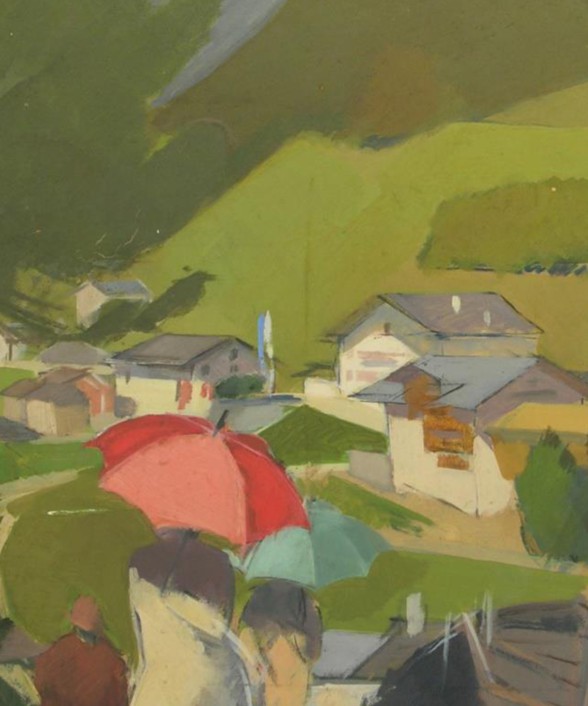
The two World Wars in the 20th century and the era of National Socialism left their marks in Ramsau. On one hand, the proximity to the Obersalzberg – Hitler's private residence – increased the area's notoriety. With the construction of the Deutsche Alpenstraße (German Alpine Road), which passes through Ramsau, the region benefited from increased tourism. On the other hand, in Ramsau, people were also threatened and not safe from punishment due to their religion or political beliefs. Many men had to go to war. From the Second World War alone, over a hundred residents of Ramsau did not return, and it was years after the war's end that the last prisoners of war were able to return. During this difficult time, it was mostly women who had to take care of the familie, homes, and farms without a regular income. Only in the 1950s did the economy start to improve again. The employment structures that had developed over centuries have remained unchanged to this day: agriculture, crafts, service providers, local suppliers, and the most significant sector: tourism.
In 1978, the
National Park Berchtesgaden was established, with its primary goal of protecting nature. Two-thirds of Ramsau's municipal area lies within the park boundaries. Ramsau is deemed a
climatic place of health and part of the
Berchtesgadener Land Biosphere Reserve. The aim is to harmoniously complement nature and the environment, creating sustainable habitats for both humans and animals. The future-orientated decision for sustainable tourism has thus been solidified.
On September 16, 2015, Ramsau was honored as the first Bergsteigerdorf (Mountaineering Village) in Germany. Preservation of nature and the traditional rural cultural landscape are at the forefront. The philosophy of the Bergsteigerdorf is:
Movement through one's own strength
Inspiration without haste
Liveliness without noise
Enjoyment at a high level
Quellen: Karl Komposch, Kurzchronik der Gemeinde Ramsau b. Berchtesgaden , Zeitraum 1295 bis 1945
Bilder: Ausschnitte aus den Bildstaffleien am Malerweg,
